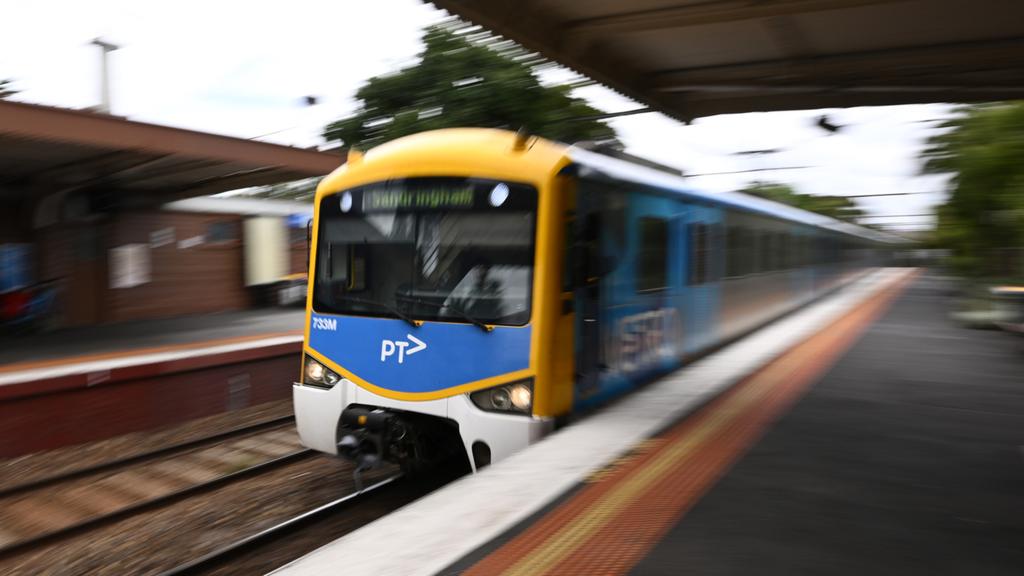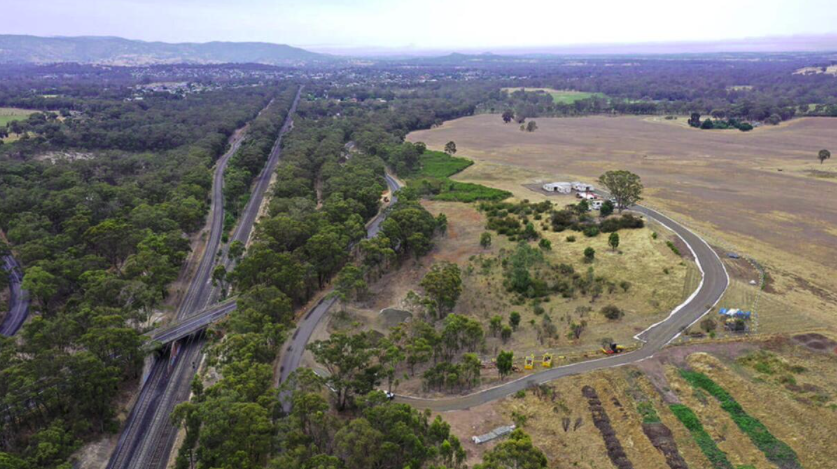“All things considered” could well be the title of a Charles Dickens novel but rather it is the name of the discussion paper for Infrastructure Victoria’s 30 year project plan issued last year.
The discussion paper flagged a range of projects large and small, social infrastructure, physical infrastructure as well as the various delivery and potential ownership options.
Not surprisingly the project was inconspicuously mentioned just as its sibling Melbourne Metro 1 is about to commence. The prospect of flagging a second metro project at this point in time might be considered overly ambitious.
Melbourne Metro 2 will run from Melbourne’s northeast to Melbourne’s southwest. Melbourne Metro 1 will run from Melbourne’s northwest to Melbourne’s southeast. Melbourne Metro 2 would link Clifton Hill Station with Newport via the CBD and Fishermans Bend.
It would take some rail traffic away from Jolimont on one corner of the CBD (from the north and north-eastern suburban lines) as well as North Melbourne on the other corner of the CBD.
Additional services could be provided through Newport to the Wyndham/Werribee Corridor, where significant housing growth has occurred over the last decade and is expected to continue at the same anticipated rate for at least the next decade.
Importantly, it supports the land use and superdensities expected in the Fishermans Bend renewal precinct. It provides a new gateway line at Clifton Hill which would potentially allow for future consideration for the long awaited rail line provision to Donvale via Doncaster in Melbourne’s east.
This is no small project; rather it is the Melbourne Metro “turbo charged” with a series of tunnels including a major crossing below the mouth of the Yarra River between Fishermans Bend and Newport.
The project logic would see additional network capacity created by taking rail services away from existing pinch points, particularly the underground City Loop.
It’s likely that the business case for Metro 2, especially the cost of tunnelling under the mouth of the Yarra River, will be a greater obstacle than the River itself.
The area was rezoned a number of years ago causing, as expected, a significant uplift in land values. By rezoning the area prior to establishing a business case for the rail link and tunnel an opportunity has been missed to capture this land value uplift as part of the project’s funding.
Mega rail projects across the world like the Crossrail project in London exemplify the ability to harvest part of the land value uplift in advance of delivering the project. In London this has been invested in Crossrail to offset the considerable capital costs.
The Melbourne Metro 2 business case works will need to recognise that the project is the foundation of an economic renewal strategy for south-western Melbourne as well as a major city shaping project.
It might appear somewhat ambitious and premature to be discussing Melbourne Metro 2 whist the Melbourne Metro 1’s preliminary works are only just underway, and full construction yet to commence with expected completion in 2026. It’s worth appreciating that not only does the lead time, planning and delivery combined take more than a decade, but with the significant population growth across greater Melbourne the existing rail system is under even greater capacity pressure, Melbourne Metro 2 needs to be on today’s agenda, ahead of the capacity situation turning dire.
We need to start preparing for Melbourne Metro 2 before the completion of Melbourne Metro 1. Once the citizens of Melbourne have tasted the new Melbourne Metro the desire and appetite for enhanced transport won’t be quelled.
Not unlike Charles Dickens’ Oliver Twist the people of Melbourne will be asking “Please, sir, I want some more”.
Source: Arup

